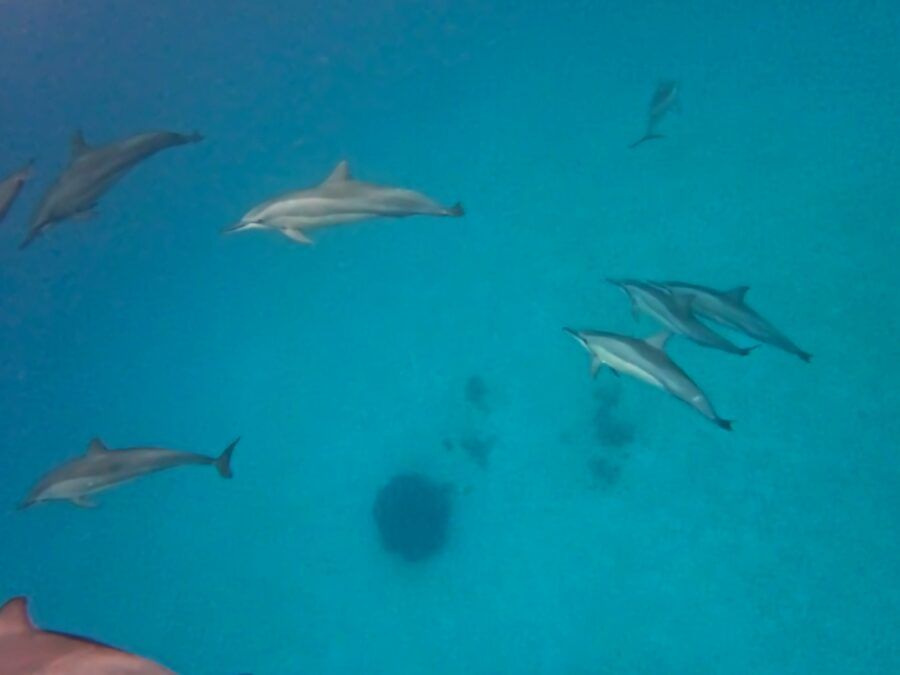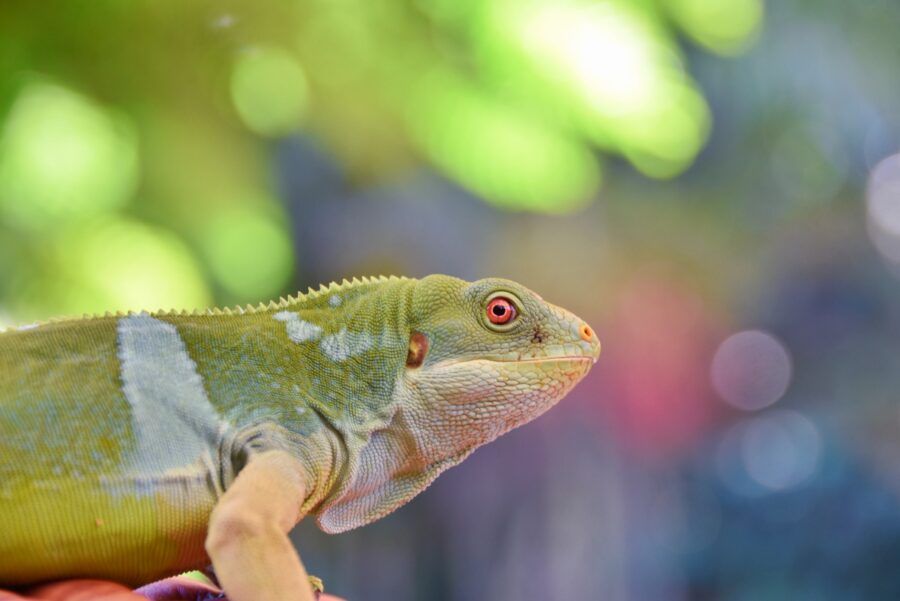How to Swim with Manta Rays in Fiji
Swimming with huge yet elegant manta rays in their natural environment is an enchanting experience. Each year, reef manta rays are seen in abundance gliding through the nutrient-rich waters of Fiji.
But you can’t swim with manta rays on your own, as they are a safeguarded species in Fiji, and you can’t swim with manta rays just anywhere. We’ll guide you on how to swim with the rays, what the experience is like, as well as other things you’ll need to know for the experience with this guide to swimming with manta rays in Fiji.
For more wildlife experiences in Fiji, check out Where to See Wildlife in Fiji and the 10 Best Wildlife Activities in Fiji.
Table of Contents
When is the Manta Ray Season in Fiji?
Although there are rare sightings of manta rays in Fiji all year round, the best time to see manta rays is between May and October.
Special snorkelling trips to see manta rays only typically take place between May and October when plankton is funnelled through narrow channels in the Yasawa Islands, Vanua Levu and Kadavu, which make for easy feeding grounds for the mantas. Note, however, that in Kadavu, the season is typically a little shorter, ending in September.
Learn more about the climate and the seasons in Fiji here.
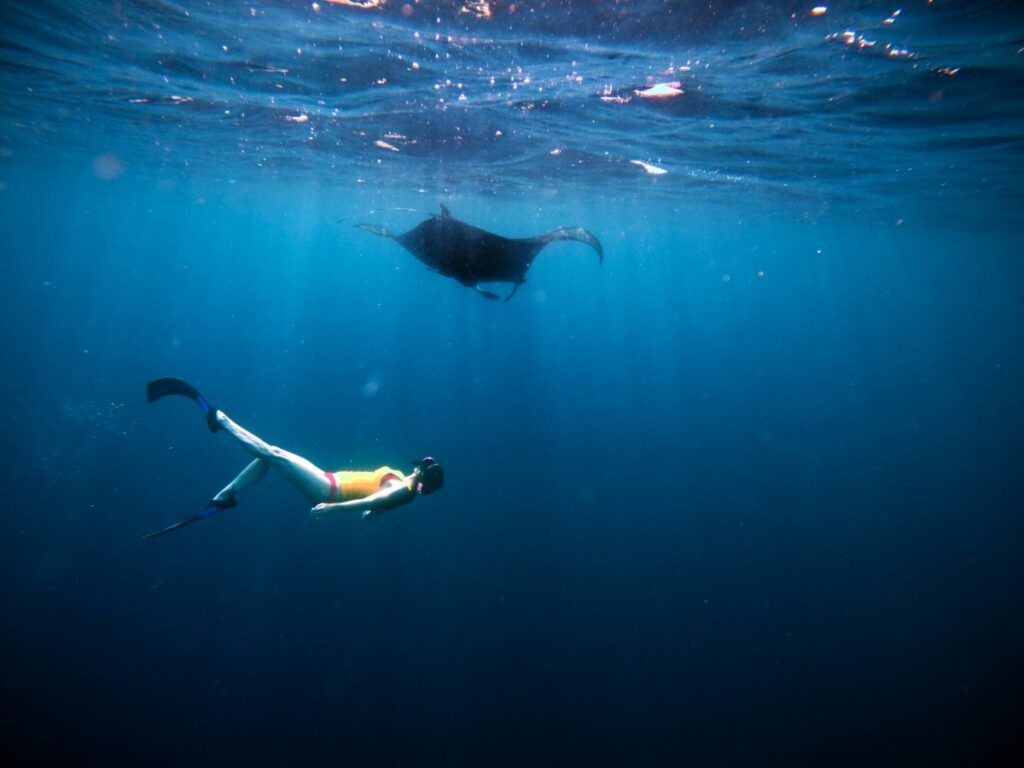 © FijiPocketGuide.com
© FijiPocketGuide.comWhere to Swim with Manta Rays in Fiji
While you might be lucky to encounter a stray manta ray while snorkelling or scuba diving in Fiji, if you want a more “guaranteed” viewing (or at least as guaranteed as you can get with wild animals), then you need to aim for three particular island groups. The Yasawa Islands, Vanua Levu and Kadavu are the best places to snorkel with manta rays in Fiji.
Manta Rays in Yasawa Islands
The Yasawa Islands, an island group that is approximately a 2-5-hour ferry journey from Viti Levu or a 30-minute seaplane flight, is the most popular place to snorkel with manta rays in Fiji. During the manta ray season, manta rays are commonly seen in what is known as the “Manta Ray Passage” between the southern end of Naviti Island and Drawaqa Island.
The closest resorts to this passage are Mantaray Island Resort and Barefoot Manta Resort, although other resorts in the Yasawa Islands offer trips to the passage too.
Resorts that offer swimming with manta ray tours include:
- Mantaray Island Resort
- Barefoot Manta Resort
- Paradise Cove Resort
- Boathouse Nanuya
- Nanuya Island Resort
- Barefoot Kuata Resort
- White Sandy Beach Lodge
- Korovou Eco-Tour Resort
Learn more about visiting the Yasawa Islands in The Complete Guide to the Yasawa Islands. Plus, details on our favourite resorts can be found in the 10 Resorts in Fiji Where You Can Swim with Manta Rays.
Yasawa Manta Ray Tours from Denarau
Experience the thrill of swimming with manta rays on a day trip with Awesome Adventures (South Sea Cruises) to Mantaray Island Resort. Departing from Port Denarau Marina, you’ll board a high-speed catamaran for a scenic cruise through the stunning Mamanuca and Yasawa Islands.
Upon arrival at the resort, you’ll receive a briefing before heading out on tender boats to snorkel among these majestic creatures in their natural habitat. Buoyancy aids are available for those who need extra support. The experience includes:
- Return transfers from selected hotels in Nadi, Denarau, or Wailoaloa to Port Denarau
- Lunch at Mantaray Island Resort with a soft drink and water
- Snorkelling equipment and guided tours led by specialised guides
This is the perfect option for those who don’t have the time to stay in the Yasawa Islands.
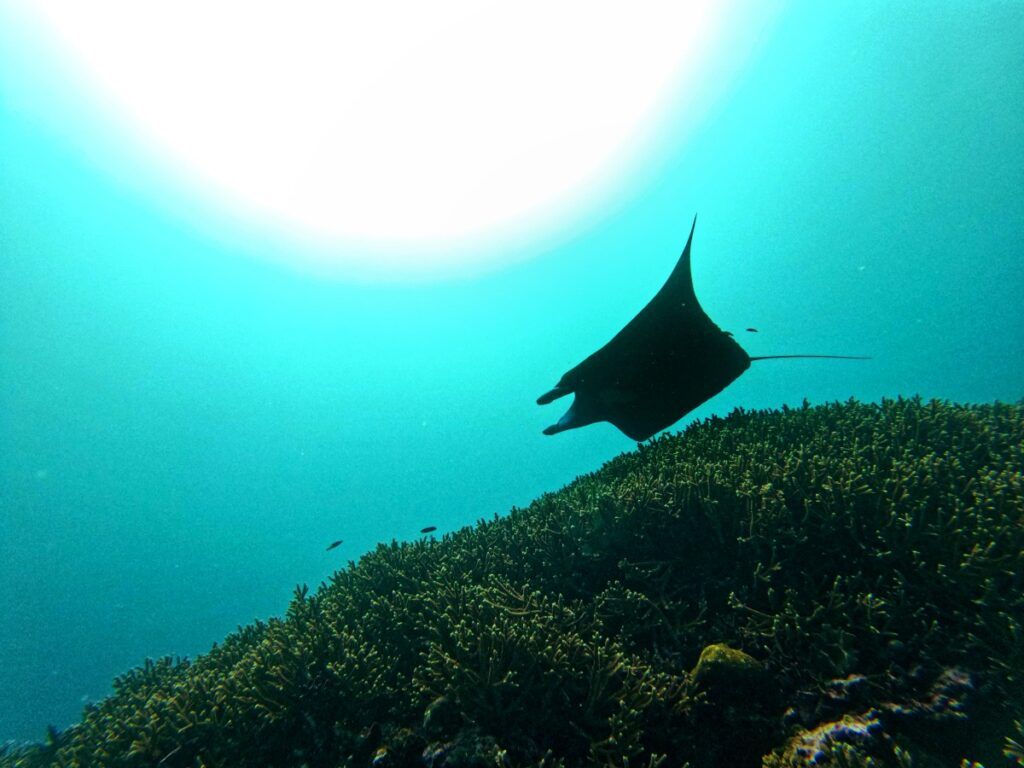 © Alexia Bergengren via FijiPocketGuide.com
© Alexia Bergengren via FijiPocketGuide.comManta Rays in Kadavu
A far less visited island in the southern reaches of Fiji, approximately a 1-hour flight from Viti Levu, is Kadavu. Some of the reefs around Kadavu attract manta rays in the right season.
Manta Reef is a submerged reef just outside of the Great Astrolabe Reef, about 40 minutes boat ride from the Matava Eco Adventure Resort. This reef is best for seeing manta rays through scuba diving, but snorkellers in the area are sometimes lucky.
Alternatively, Stick Bomby Reef, which is a 10-minute boat ride from Kokomo Private Island, also attracts manta rays that can be seen through the resort’s snorkelling tours.
Finally, the waters near Bulia Village are known as one of the best spots to see manta rays in Kadavu, particularly near Oneta Resort.
Learn more about visiting Kadavu in The Complete Guide to Kadavu. Plus, find out more about the resorts where you can do manta ray swimming in the 10 Resorts in Fiji Where You Can Swim with Manta Rays.
Manta Rays in Vanua Levu
While Rainbow Reef steals the spotlight for scuba diving in Fiji, Vanua Levu harbours a hidden gem for manta ray swimming, particularly around Rabi Island off Vanua Levu’s secluded eastern shores.
The Remote Resort offers an extraordinary Manta Ray Snorkel Tour near Rabi Island. This breathtaking experience allows you to glide alongside these majestic creatures as they feed on plankton from strong tidal currents. The seasonal tour typically runs from May to October, depending on the tides.
You’ll embark on a 40-minute boat ride to reach the snorkelling site, where you’ll be mesmerised by the graceful underwater ballet of the manta rays. The tour lasts approximately three hours.
Discover more about Vanua Levu in The Complete Travel Guide to Savusavu & Vanua Levu.
![The Guide to Swimming with Manta Rays in Fiji [2025]](https://fijipocketguide.com/wp-content/uploads/2024/09/Mantaray_Swimming_Drone_CREDIT_FijiPocketGuide.com_-1024x576.jpg) © FijiPocketGuide.com
© FijiPocketGuide.comWhat to Expect on a Manta Ray Swimming Tour
Manta Ray tours aim to take place every day of the manta ray season (May to October), except on Sundays, in select resorts. However, bad weather conditions or the manta rays not visiting their usual feeding areas are reasons why trips might get cancelled.
Swimming with manta rays in Fiji is a seasonal experience, with peak encounters typically occurring from March to October, when plankton levels are highest. During these times, strong currents are common, resulting in increased sediment in the water and potentially low visibility.
It’s essential to manage expectations—photo opportunities may be limited, and often you’ll see shadows or outlines rather than clear views, but the experience remains remarkable.
Manta rays tend to show up in the Yasawa Islands at high tide, so this is when snorkelling trips from outside of the immediate area will aim for. Resorts that are closer to the Manta Passage have the advantage of being able to see when the manta rays are there.
When the manta rays are there, resorts will either beat their lali drum or sound a horn to get trip-goers ready to go!
What You Will See on the Tour
On manta ray swimming tours, you will most likely see Pacific reef manta rays, while Oceanic manta rays are also rarely spotted around Kadavu. The manta rays you typically see in Fiji are around 3 m (10 ft) across but can grow up to 5.5 m (18 ft) from wingtip to wingtip.
Water visibility is usually good enough to see the distinct chevron and black colouration differences between some rays, as well as their distinct features. You are also likely to see some manta rays with remoras attached to their underside, which are a type of fish that eat skin parasites. In return, they get free transport and food that the manta might have missed.
What Are Manta Rays Like to Swim With?
While manta rays can be intimidating to swim with due to their size, they are actually very gentle creatures. And don’t worry, manta rays don’t have teeth or venomous barbs.
They typically swim by snorkellers showing curiosity, but will still generally keep their distance. Tour guides will inform you on how to behave around the manta rays and how close you can swim to them in order not to disturb their natural behaviours.
How to Swim Sustainably With the Manta Rays?
Best practices for swimming with manta rays centre on maintaining respectful and sustainable interactions to protect these gentle giants and their natural behaviour. When entering the water, do so quietly and calmly, keeping an initial distance of at least 10 metres to avoid disturbing them.
Ensure your fins remain below the water’s surface to minimise splashing that could startle the rays. Swimmers should never approach closer than 3 metres and must never attempt to chase or touch a manta ray.
Always approach from the side, giving the animal a clear and unobstructed path to swim freely.
Scuba Diving Etiquette:
- Hover low and stay to the side of cleaning stations.
- Avoid swimming directly over or through these sites.
- Never block the manta ray’s path.
General Snorkelling Etiquette:
- Keep a minimum five-foot distance from all marine wildlife.
- Do not stand on or kick coral.
- Avoid shallow reefs to protect both yourself and the ecosystem.
- Do not touch any marine life.
- Use reef-safe sunscreen or UV-protective clothing.
- Enter and exit the water gently to minimise environmental impact.
- Collect ocean plastic if spotted while snorkelling to help reduce marine pollution.
What to Bring
For trips from Mantaray Island Resort, Barefoot Manta Resort, and Kokomo Private Island, you don’t need to bring anything more than your snorkelling gear and fins (and an underwater camera), as the swimming areas are close to the resorts and only take only 30 minutes to an hour for the whole experience.
If you’re coming from elsewhere and will be away from the resort for a little longer, it’s a good idea to pack a small day pack with essentials like a towel, reef-safe sunscreen, and a warmer layer for the boat journey.
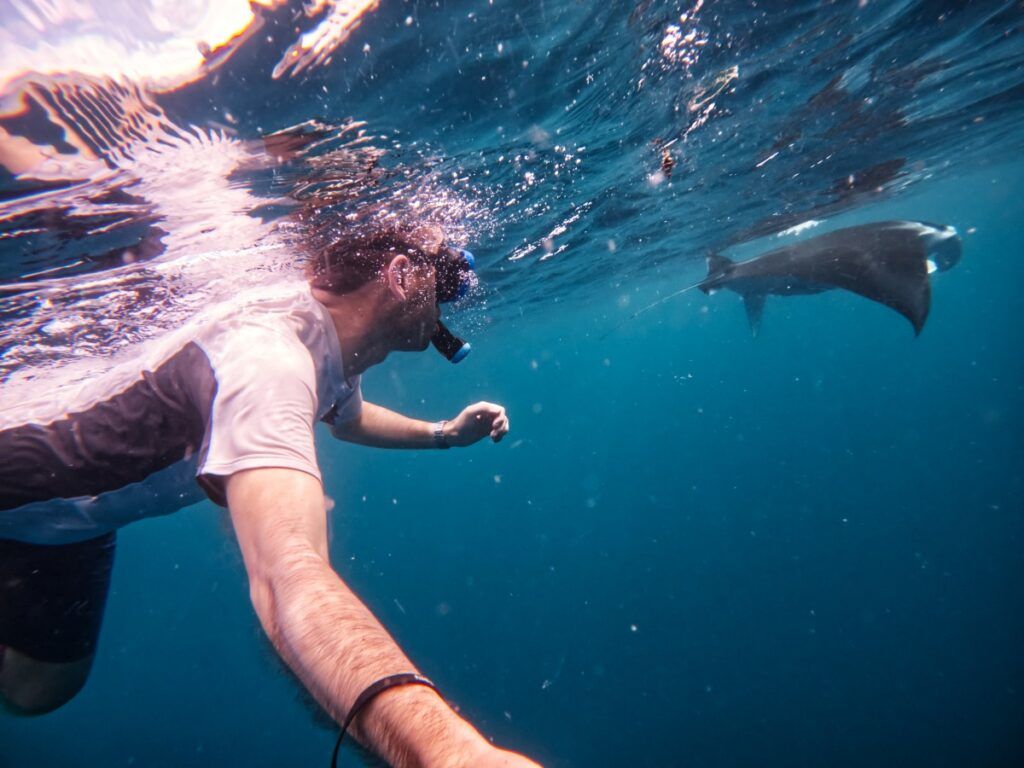 © FijiPocketGuide.com
© FijiPocketGuide.comHow to Increase Your Chances of a Successful Swim
Like any activity that involves observing wild animals with minimal disturbance, a successful swim with manta rays is never guaranteed. However, there are a few ways to help increase your chances of having the best swim possible.
Aside from visiting Fiji in the manta ray season (see the section at the beginning of this chapter), give yourself enough time at the resort where you’ve chosen to swim with manta rays. At least three days are usually enough to get at least one successful swim in.
Bear in mind that there are loads of other activities you can be doing at resorts for the times you’re not swimming with the rays.
Conservation of manta rays is of significant importance in Fiji, which the resorts offering manta ray tours take very seriously. Be sure to listen to your tour guide’s briefing on how to behave around the rays. Scaring the manta rays off for unruly behaviour is a sure-fire way to ruin a swim for everyone.
More About Swimming with Manta Rays in Fiji
That’s it for the guide to swimming with manta rays in Fiji. For similar encounters, take a look at the following:
- 10 Best Wildlife Cruises in Fiji
- 10 Best Places to Snorkel in Fiji
- 5 Best Places to See Sharks in Fiji
Finally, see more amazing experiences in the 101 Things to Do in Fiji. Plus, get even more tips from The Complete Travel Guide to Fiji.
Sources:
The information in this guide has been compiled from our extensive research, travel and experiences across Fiji and the South Pacific, accumulated over more than a decade of numerous visits to each destination. Additional sources for this guide include the following:
- Tourism Fiji (General travel advice - Updated [2025])
- Fiji Hotel and Tourism Association (Tourism trade association - Updated [2025])
- SPTO (Pacific tourism advice - Updated [2025])
- Ministry of Tourism and Civil Aviation (Tourism statistics - Updated [2025])
- Land Transport Authority (Road safety advice - Updated [2025])
- Fiji Immigration (Visa and immigration advice - Updated [2025])
- Fiji Revenue & Customs Service (Customs and visitor taxes - Updated [2025])
- Biosecurity Authority of Fiji (Biosecurity advice - Updated [2025])
- Fiji Meteorological Service (Weather forecast and warnings - Updated [2025])
- Fiji Bureau of Statistics (Statistics and travel data - Updated [2025])
- Safe Travel (New Zealand travel advisory for Fiji - Updated [2025])
- Smart Traveller (Australia travel advisory for Fiji - Updated [2025])
- Travel.State.Gov (U.S. travel advisory for Fiji - Updated [2025])
Our editorial standards: At Fiji Pocket Guide, we uphold strict editorial standards to ensure accurate and quality content.

About The Author
Laura (Lora) S.
This article was reviewed and published by Laura, editor in chief and co-founder of Fiji Pocket Guide. Since arriving solo in the South Pacific over 10 years ago with nothing but a backpack and a background in journalism, her mission has been to show the world how easy (and awesome) it is to explore a paradise such as Fiji. She knows the islands inside-out and loves sharing tips on how best to experience Fiji’s must-dos and hidden gems. Laura is also editor of several other South Pacific travel guides.
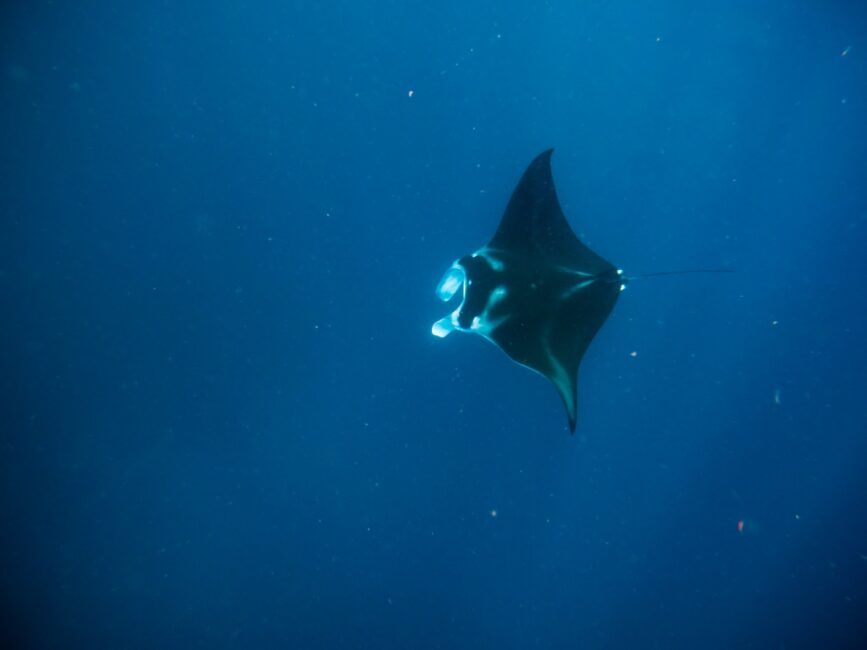
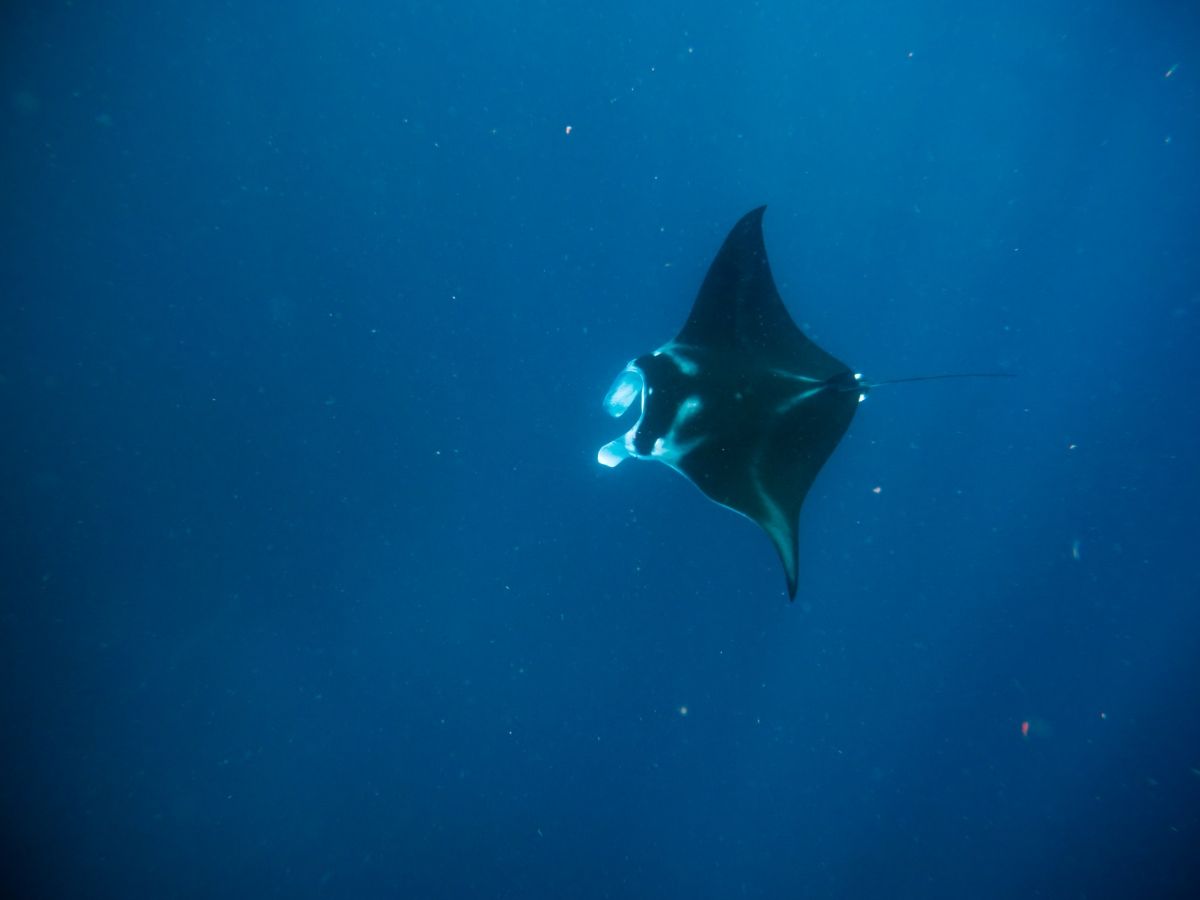


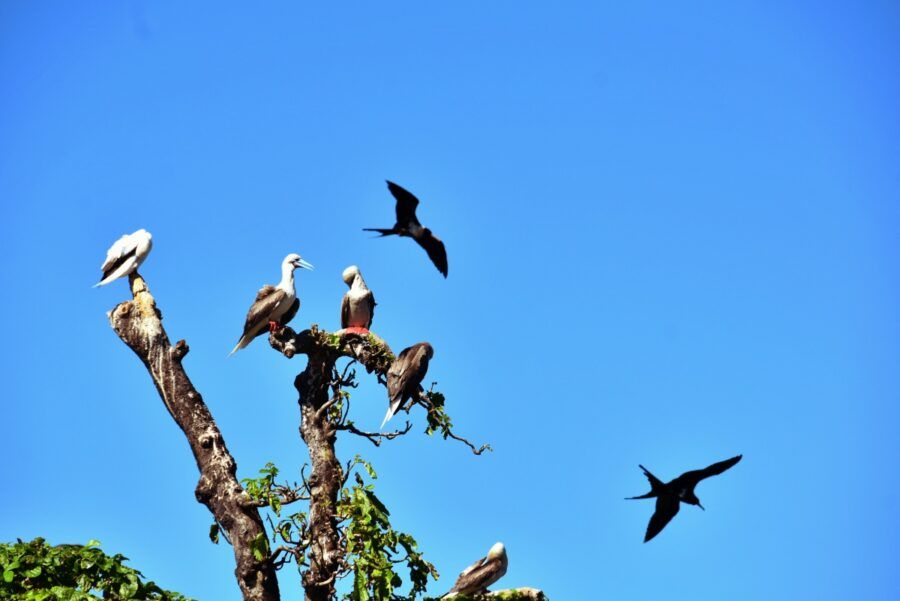
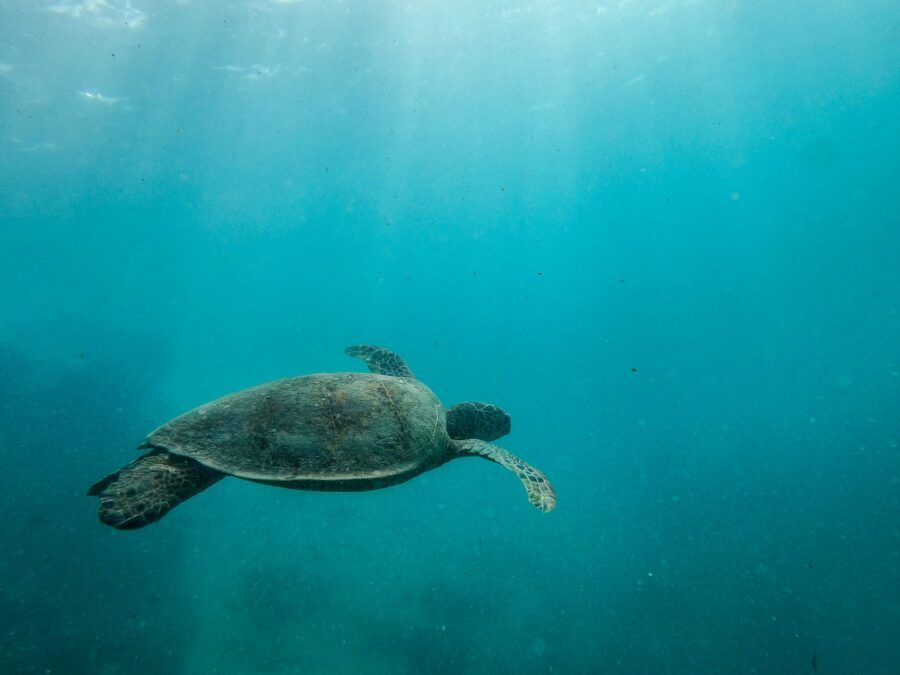
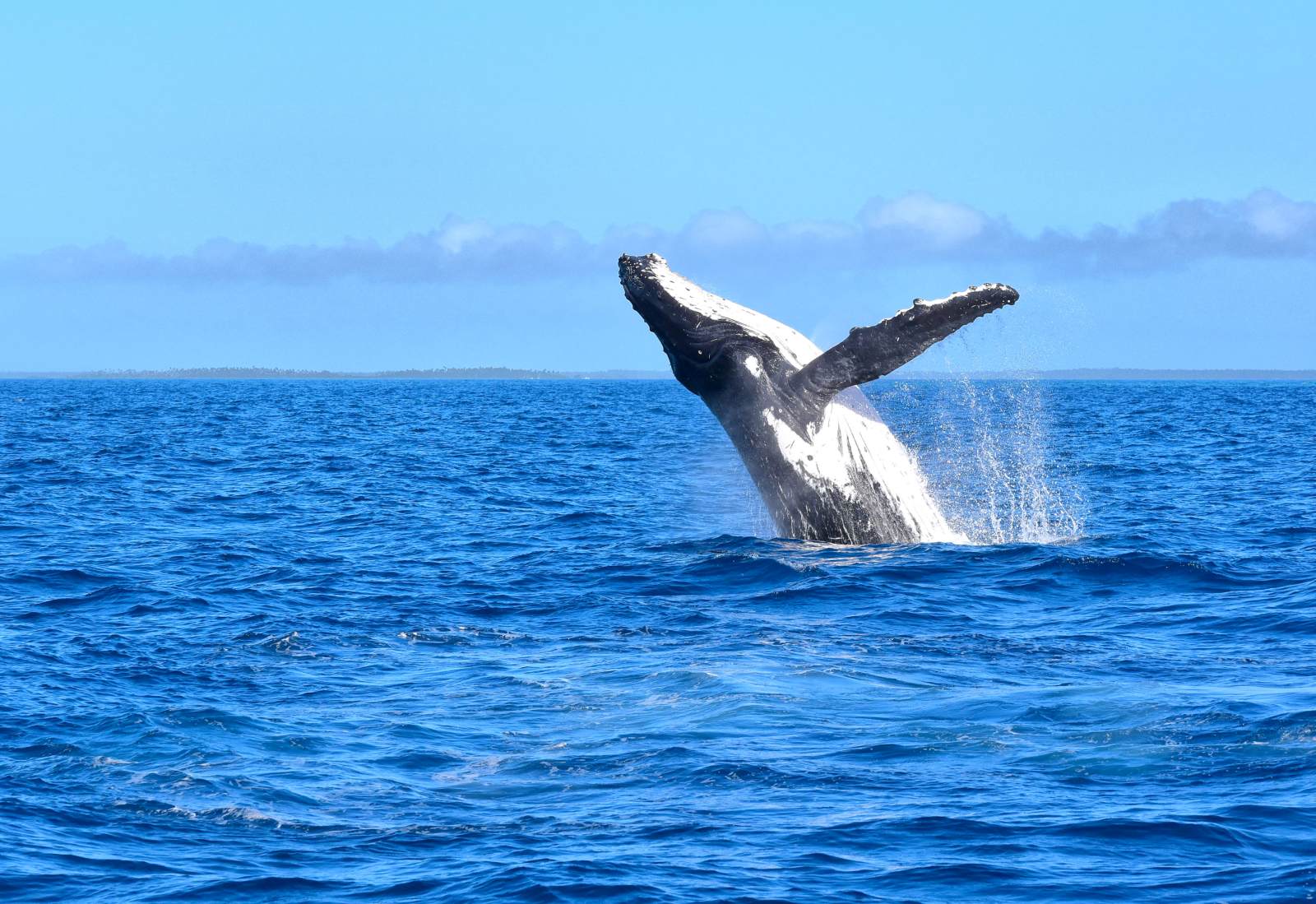
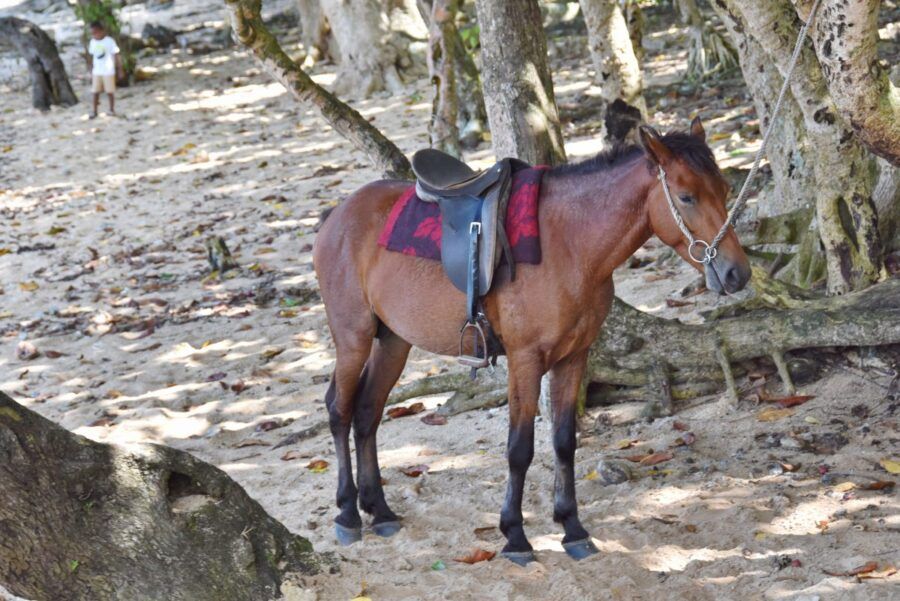

![How to Get to the Sawa-i-Lau Caves in Fiji 🦇 [2025]](https://fijipocketguide.com/wp-content/uploads/2024/09/Sawa-i-Lau-Cave-Couple-Hero-CREDIT-FijiPocketGuide.com--900x602.jpg)
